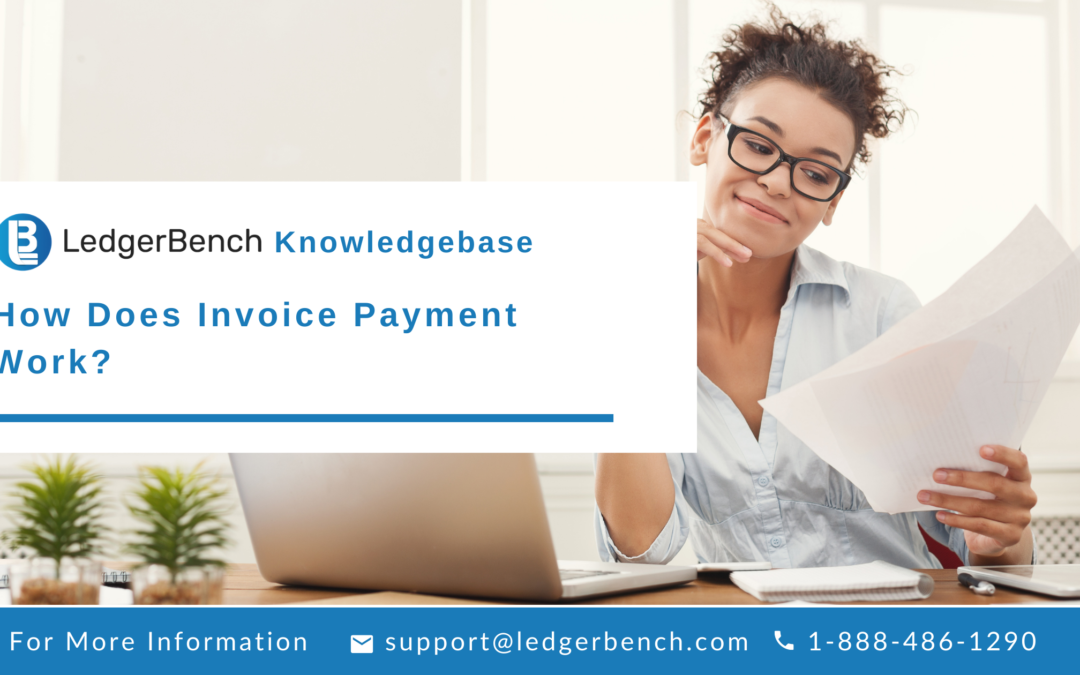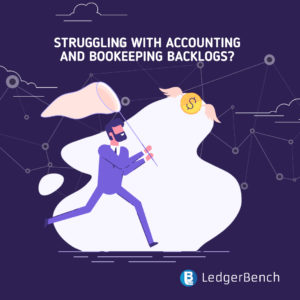
Do you send an invoice before or after Payment? Invoice Timing Explained
An invoice is sent first to the client to notify that the payment is required. Payment is received upon receipt of the invoice.
When should you issue an invoice?
An invoice must be issued when the supplier has completed a customer’s order. The order could be for products or services or both. For a business that’s providing a product, usually an invoice would be generated shortly after the delivery. In a service oriented business, an invoice is generated after providing the service. For best practices, the business should first ask the client if he or she is satisfied with the service.
For instance: Mr.Thompson has asked to fix his furniture that requires some changes. The technician will first complete its service of fixing the broken furniture and later ask for the payment of the service delivered and if the client is happy with the service as well.
But let’s say the technician forgets to ask about the feedback and Mr. Thompson is actually not satisfied with the service. When the invoice arrives, he complains about the poor service as well. Now that the management has to be involved in this case, a discount could be offered to the client- this means the invoice needs to be modified. This delays payment by Mr. thompson.
Suggested Read – Credit Card Reconciliation for Small Business
Why is an invoice Needed?
An invoice is needed for the client or the customer receiving it because it notifies them that the payment is due and what the amount is. An invoice is also known as a “bill”
Invoices are vital for every business because it prompts for the payment process. Invoices are also an important financial tool for tax purposes as they can show the government that a business has correctly reported its income.
How long do you have to pay an invoice?
Payment terms are determined by the supplier of the products or services. Usually, they are net 30 days, 60 days, 90 days, or due upon receipt. This is the area of concern for most small businesses, as clients have their own payment terms which may not align with yours.
For instance:
Smith Jones runs a small business of providing colored dyes that can be used to make a paper. Once he sends out the invoice, his payment terms are net 30 days yet the XYZ company does not make the payment until 90 days. As a small business, Smith Jone is a quandary because he needs to pay his own vendors and cannot wait for that long.
The best way to avoid this situation is by specifying the payment terms while sending the invoice. You can ask for partial payment immediately, payment in full on delivery, or take steps to get paid within 30 days by specifying in the purchase order.
What should be included in an invoice?
A proper invoice must include the following:
-
Date:
This is the date the invoice was generated
-
Invoice Number:
This is a unique number that is generated with each invoice. A client will refer to this number while making a payment. Doing this will also keep the supplier informed of what the payment is for. Many companies will not accept an invoice without an invoice number as it also helps them to track payments.
-
Vendor contact information:
This is the contact details of the vendor issuing the invoice. This invoice should also include company name, address, phone number, and email. Know more about Vendor Reconciliation
-
Client Contact Information:
This should include the details of the client ordering the product or service or both. It should include Name, address, phone number, and email.
-
Purchase order number:
This is a unique number generated by the buyer to authorize the specific transaction. Including this shows the purchase of the product or service was pre-approved.
-
Description of products/services + quantities:
This is the description of the products or services that were delivered or provided long with the amount.
-
Subtotal:
This is the total charge of the products or services in addition to their quantities.
-
Taxes:
Applicable taxes need to be applied.
-
Total:
A grand total.
-
Payment terms:
This is a notification when the company is due to be paid. It may be net 30 days, 60 days or upon receipt.
-
Late fees:
If the business charges late fees to the client for not meeting the mentioned payment terms, it must be included here. Late fees are usually the flat rate or percentage of the amount owing.
-
Payment options:
Some businesses will supply details of the amount paid – credit card, check, PayPal, or other. The client can then select one that is convenient for them.


